Ilkay Altintas
Multimodal Wildland Fire Smoke Detection
Dec 29, 2022


Abstract:Research has shown that climate change creates warmer temperatures and drier conditions, leading to longer wildfire seasons and increased wildfire risks in the United States. These factors have in turn led to increases in the frequency, extent, and severity of wildfires in recent years. Given the danger posed by wildland fires to people, property, wildlife, and the environment, there is an urgency to provide tools for effective wildfire management. Early detection of wildfires is essential to minimizing potentially catastrophic destruction. In this paper, we present our work on integrating multiple data sources in SmokeyNet, a deep learning model using spatio-temporal information to detect smoke from wildland fires. Camera image data is integrated with weather sensor measurements and processed by SmokeyNet to create a multimodal wildland fire smoke detection system. We present our results comparing performance in terms of both accuracy and time-to-detection for multimodal data vs. a single data source. With a time-to-detection of only a few minutes, SmokeyNet can serve as an automated early notification system, providing a useful tool in the fight against destructive wildfires.
Towards a Dynamic Composability Approach for using Heterogeneous Systems in Remote Sensing
Nov 13, 2022Abstract:Influenced by the advances in data and computing, the scientific practice increasingly involves machine learning and artificial intelligence driven methods which requires specialized capabilities at the system-, science- and service-level in addition to the conventional large-capacity supercomputing approaches. The latest distributed architectures built around the composability of data-centric applications led to the emergence of a new ecosystem for container coordination and integration. However, there is still a divide between the application development pipelines of existing supercomputing environments, and these new dynamic environments that disaggregate fluid resource pools through accessible, portable and re-programmable interfaces. New approaches for dynamic composability of heterogeneous systems are needed to further advance the data-driven scientific practice for the purpose of more efficient computing and usable tools for specific scientific domains. In this paper, we present a novel approach for using composable systems in the intersection between scientific computing, artificial intelligence (AI), and remote sensing domain. We describe the architecture of a first working example of a composable infrastructure that federates Expanse, an NSF-funded supercomputer, with Nautilus, a Kubernetes-based GPU geo-distributed cluster. We also summarize a case study in wildfire modeling, that demonstrates the application of this new infrastructure in scientific workflows: a composed system that bridges the insights from edge sensing, AI and computing capabilities with a physics-driven simulation.
Cardiac MRI Image Segmentation for Left Ventricle and Right Ventricle using Deep Learning
Sep 17, 2019
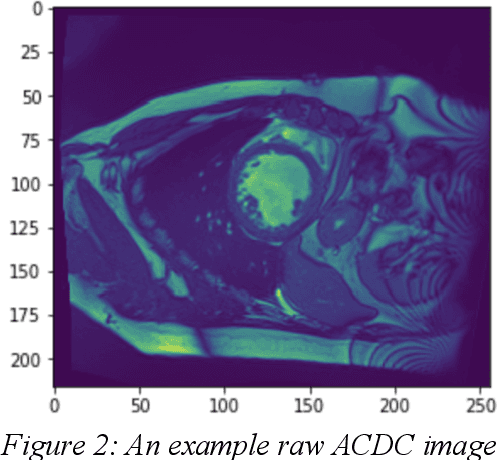
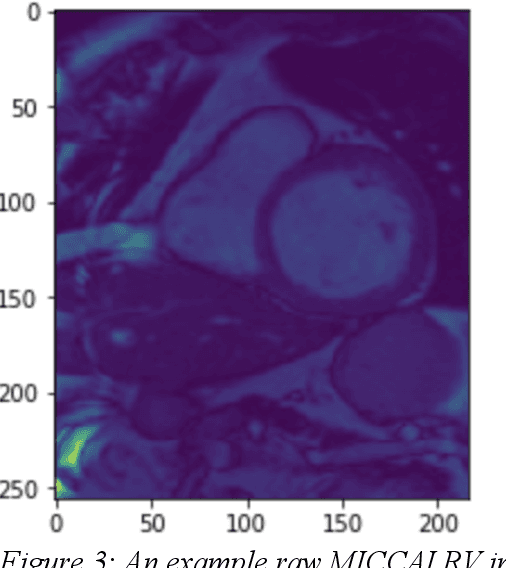
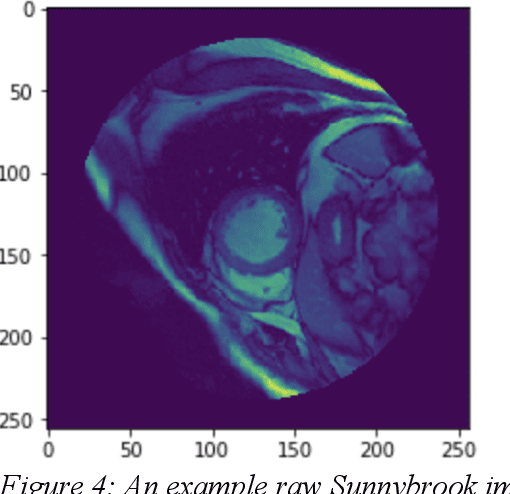
Abstract:The goal of this project is to use magnetic resonance imaging (MRI) data to provide an end-to-end analytics pipeline for left and right ventricle (LV and RV) segmentation. Another aim of the project is to find a model that would be generalizable across medical imaging datasets. We utilized a variety of models, datasets, and tests to determine which one is well suited to this purpose. Specifically, we implemented three models (2-D U-Net, 3-D U-Net, and DenseNet), and evaluated them on four datasets (Automated Cardiac Diagnosis Challenge, MICCAI 2009 LV, Sunnybrook Cardiac Data, MICCAI 2012 RV). While maintaining a consistent preprocessing strategy, we tested the performance of each model when trained on data from the same dataset as the test data, and when trained on data from a different dataset than the test dataset. Data augmentation was also used to increase the adaptability of the models. The results were compared to determine performance and generalizability.
Workflow-Driven Distributed Machine Learning in CHASE-CI: A Cognitive Hardware and Software Ecosystem Community Infrastructure
Feb 26, 2019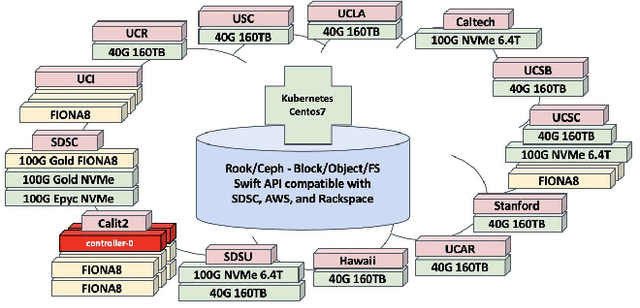
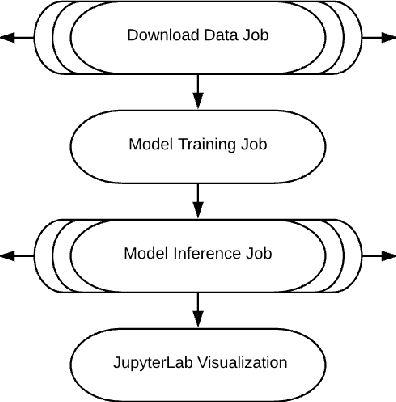
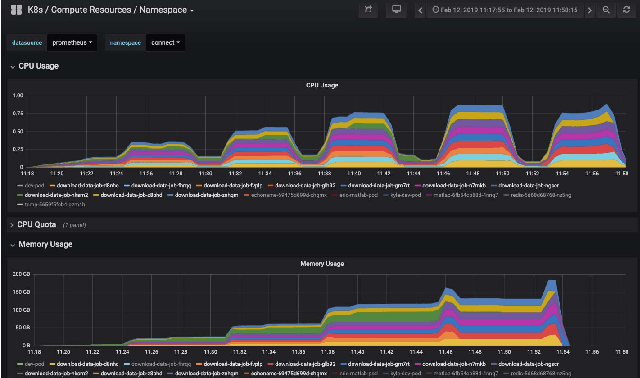
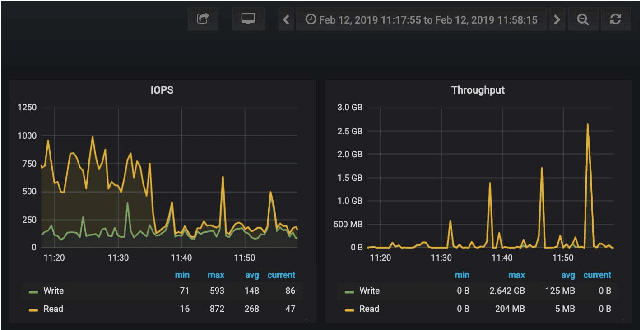
Abstract:The advances in data, computing and networking over the last two decades led to a shift in many application domains that includes machine learning on big data as a part of the scientific process, requiring new capabilities for integrated and distributed hardware and software infrastructure. This paper contributes a workflow-driven approach for dynamic data-driven application development on top of a new kind of networked Cyberinfrastructure called CHASE-CI. In particular, we present: 1) The architecture for CHASE-CI, a network of distributed fast GPU appliances for machine learning and storage managed through Kubernetes on the high-speed (10-100Gbps) Pacific Research Platform (PRP); 2) A machine learning software containerization approach and libraries required for turning such a network into a distributed computer for big data analysis; 3) An atmospheric science case study that can only be made scalable with an infrastructure like CHASE-CI; 4) Capabilities for virtual cluster management for data communication and analysis in a dynamically scalable fashion, and visualization across the network in specialized visualization facilities in near real-time; and, 5) A step-by-step workflow and performance measurement approach that enables taking advantage of the dynamic architecture of the CHASE-CI network and container management infrastructure.
Enabling FAIR Research in Earth Science through Research Objects
Sep 27, 2018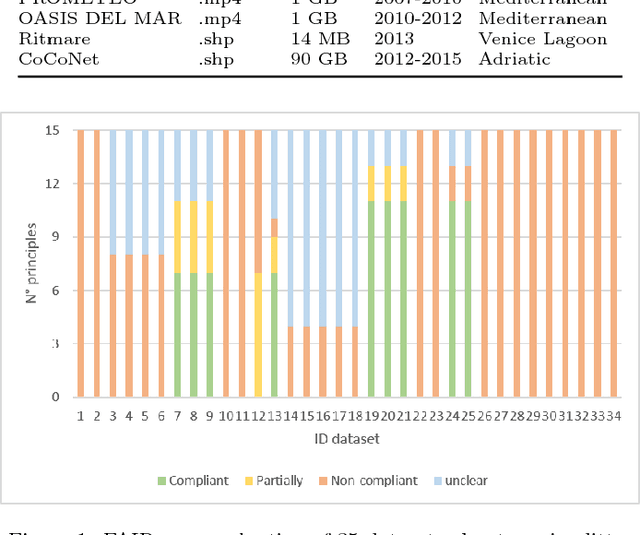
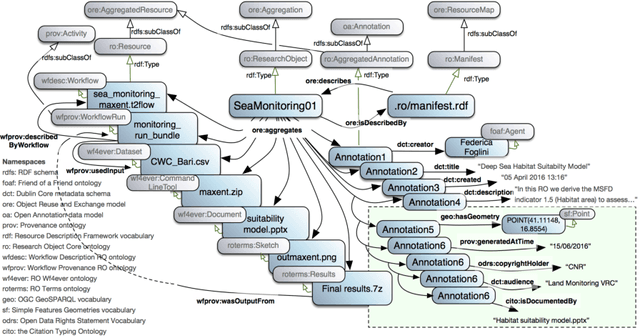

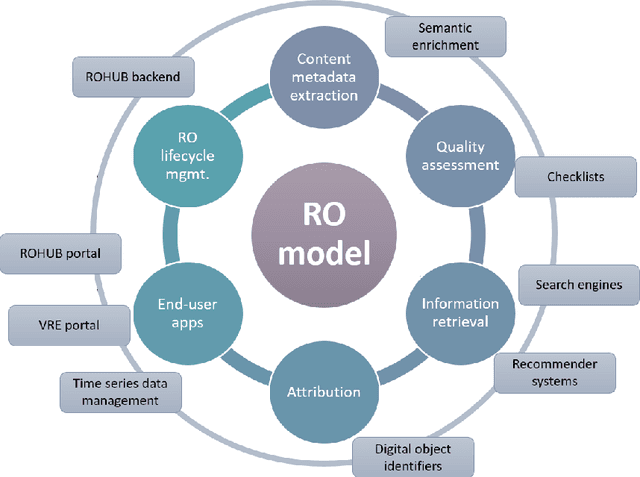
Abstract:Data-intensive science communities are progressively adopting FAIR practices that enhance the visibility of scientific breakthroughs and enable reuse. At the core of this movement, research objects contain and describe scientific information and resources in a way compliant with the FAIR principles and sustain the development of key infrastructure and tools. This paper provides an account of the challenges, experiences and solutions involved in the adoption of FAIR around research objects over several Earth Science disciplines. During this journey, our work has been comprehensive, with outcomes including: an extended research object model adapted to the needs of earth scientists; the provisioning of digital object identifiers (DOI) to enable persistent identification and to give due credit to authors; the generation of content-based, semantically rich, research object metadata through natural language processing, enhancing visibility and reuse through recommendation systems and third-party search engines; and various types of checklists that provide a compact representation of research object quality as a key enabler of scientific reuse. All these results have been integrated in ROHub, a platform that provides research object management functionality to a wealth of applications and interfaces across different scientific communities. To monitor and quantify the community uptake of research objects, we have defined indicators and obtained measures via ROHub that are also discussed herein.
Left Ventricle Segmentation and Volume Estimation on Cardiac MRI using Deep Learning
Sep 14, 2018
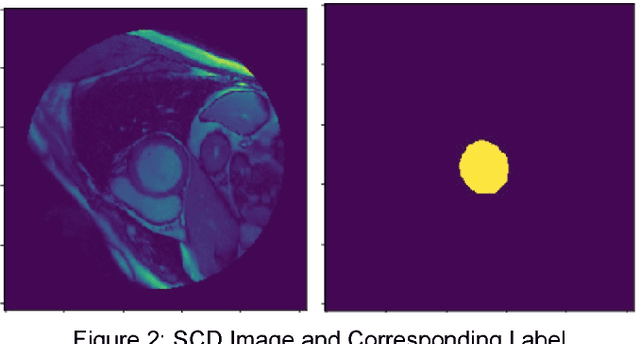
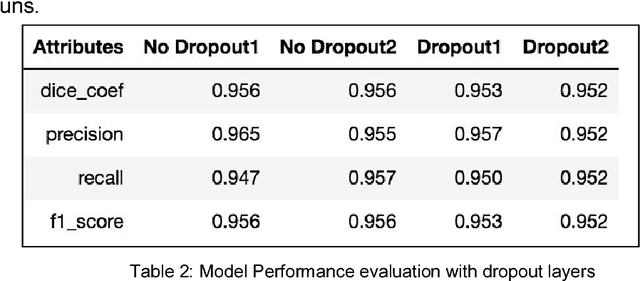
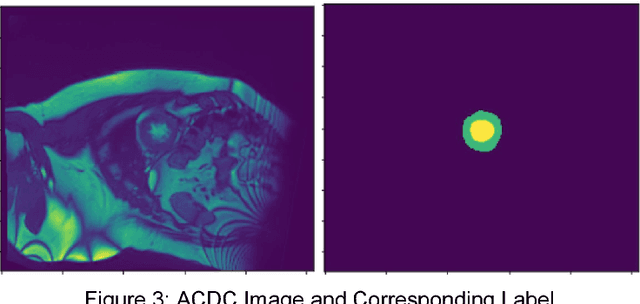
Abstract:In the United States, heart disease is the leading cause of death for males and females, accounting for 610,000 deaths each year [1]. Physicians use Magnetic Resonance Imaging (MRI) scans to take images of the heart in order to non-invasively estimate its structural and functional parameters for cardiovascular diagnosis and disease management. The end-systolic volume (ESV) and end-diastolic volume (EDV) of the left ventricle (LV), and the ejection fraction (EF) are indicators of heart disease. These measures can be derived from the segmented contours of the LV; thus, consistent and accurate segmentation of the LV from MRI images are critical to the accuracy of the ESV, EDV, and EF, and to non-invasive cardiac disease detection. In this work, various image preprocessing techniques, model configurations using the U-Net deep learning architecture, postprocessing methods, and approaches for volume estimation are investigated. An end-to-end analytics pipeline with multiple stages is provided for automated LV segmentation and volume estimation. First, image data are reformatted and processed from DICOM and NIfTI formats to raw images in array format. Secondly, raw images are processed with multiple image preprocessing methods and cropped to include only the Region of Interest (ROI). Thirdly, preprocessed images are segmented using U-Net models. Lastly, post processing of segmented images to remove extra contours along with intelligent slice and frame selection are applied, followed by calculation of the ESV, EDV, and EF. This analytics pipeline is implemented and runs on a distributed computing environment with a GPU cluster at the San Diego Supercomputer Center at UCSD.
Deep Learning on Operational Facility Data Related to Large-Scale Distributed Area Scientific Workflows
Apr 20, 2018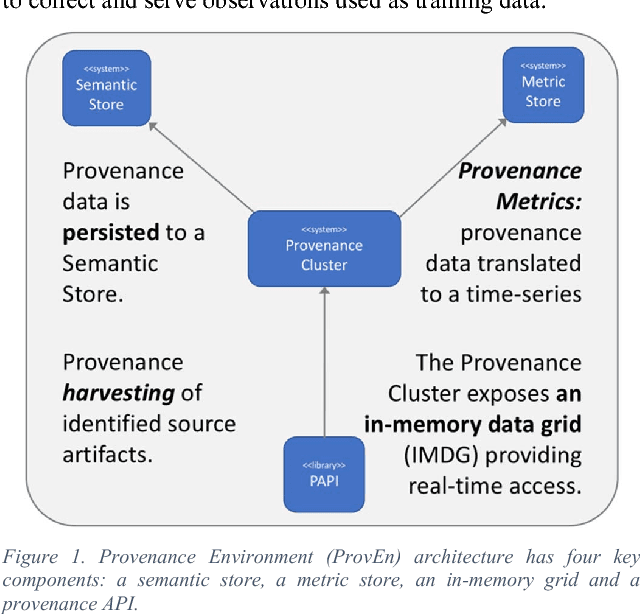
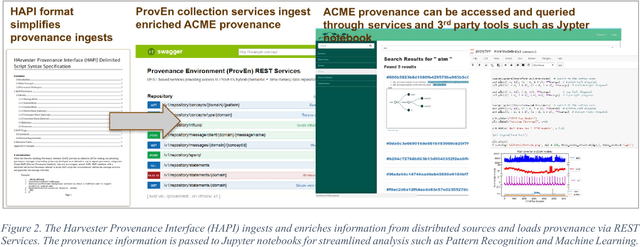
Abstract:Distributed computing platforms provide a robust mechanism to perform large-scale computations by splitting the task and data among multiple locations, possibly located thousands of miles apart geographically. Although such distribution of resources can lead to benefits, it also comes with its associated problems such as rampant duplication of file transfers increasing congestion, long job completion times, unexpected site crashing, suboptimal data transfer rates, unpredictable reliability in a time range, and suboptimal usage of storage elements. In addition, each sub-system becomes a potential failure node that can trigger system wide disruptions. In this vision paper, we outline our approach to leveraging Deep Learning algorithms to discover solutions to unique problems that arise in a system with computational infrastructure that is spread over a wide area. The presented vision, motivated by a real scientific use case from Belle II experiments, is to develop multilayer neural networks to tackle forecasting, anomaly detection and optimization challenges in a complex and distributed data movement environment. Through this vision based on Deep Learning principles, we aim to achieve reduced congestion events, faster file transfer rates, and enhanced site reliability.
Modular Resource Centric Learning for Workflow Performance Prediction
Apr 17, 2018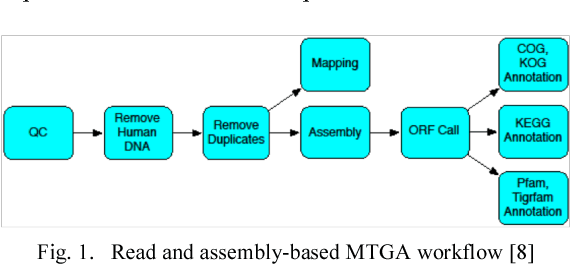
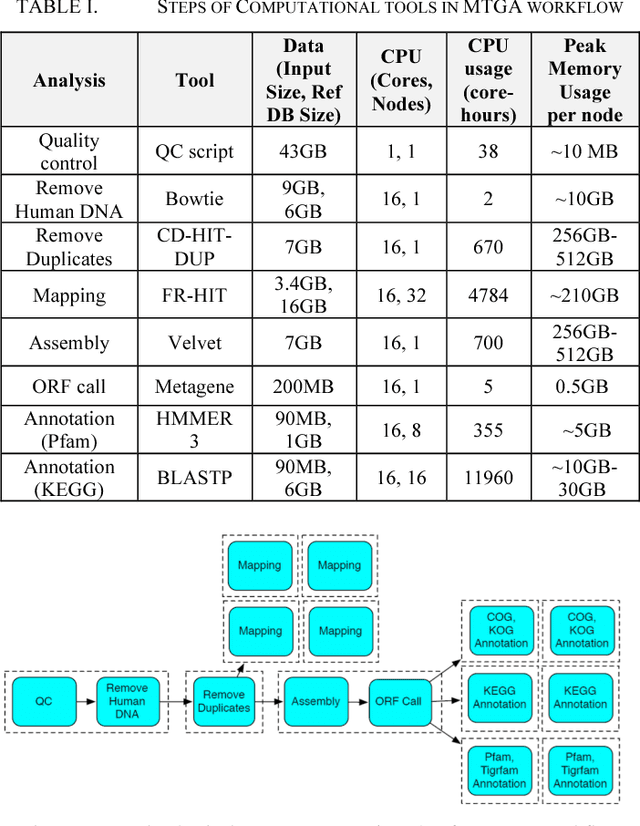
Abstract:Workflows provide an expressive programming model for fine-grained control of large-scale applications in distributed computing environments. Accurate estimates of complex workflow execution metrics on large-scale machines have several key advantages. The performance of scheduling algorithms that rely on estimates of execution metrics degrades when the accuracy of predicted execution metrics decreases. This in-progress paper presents a technique being developed to improve the accuracy of predicted performance metrics of large-scale workflows on distributed platforms. The central idea of this work is to train resource-centric machine learning agents to capture complex relationships between a set of program instructions and their performance metrics when executed on a specific resource. This resource-centric view of a workflow exploits the fact that predicting execution times of sub-modules of a workflow requires monitoring and modeling of a few dynamic and static features. We transform the input workflow that is essentially a directed acyclic graph of actions into a Physical Resource Execution Plan (PREP). This transformation enables us to model an arbitrarily complex workflow as a set of simpler programs running on physical nodes. We delegate a machine learning model to capture performance metrics for each resource type when it executes different program instructions under varying degrees of resource contention. Our algorithm takes the prediction metrics from each resource agent and composes the overall workflow performance metrics by utilizing the structure of the corresponding Physical Resource Execution Plan.
 Add to Chrome
Add to Chrome Add to Firefox
Add to Firefox Add to Edge
Add to Edge